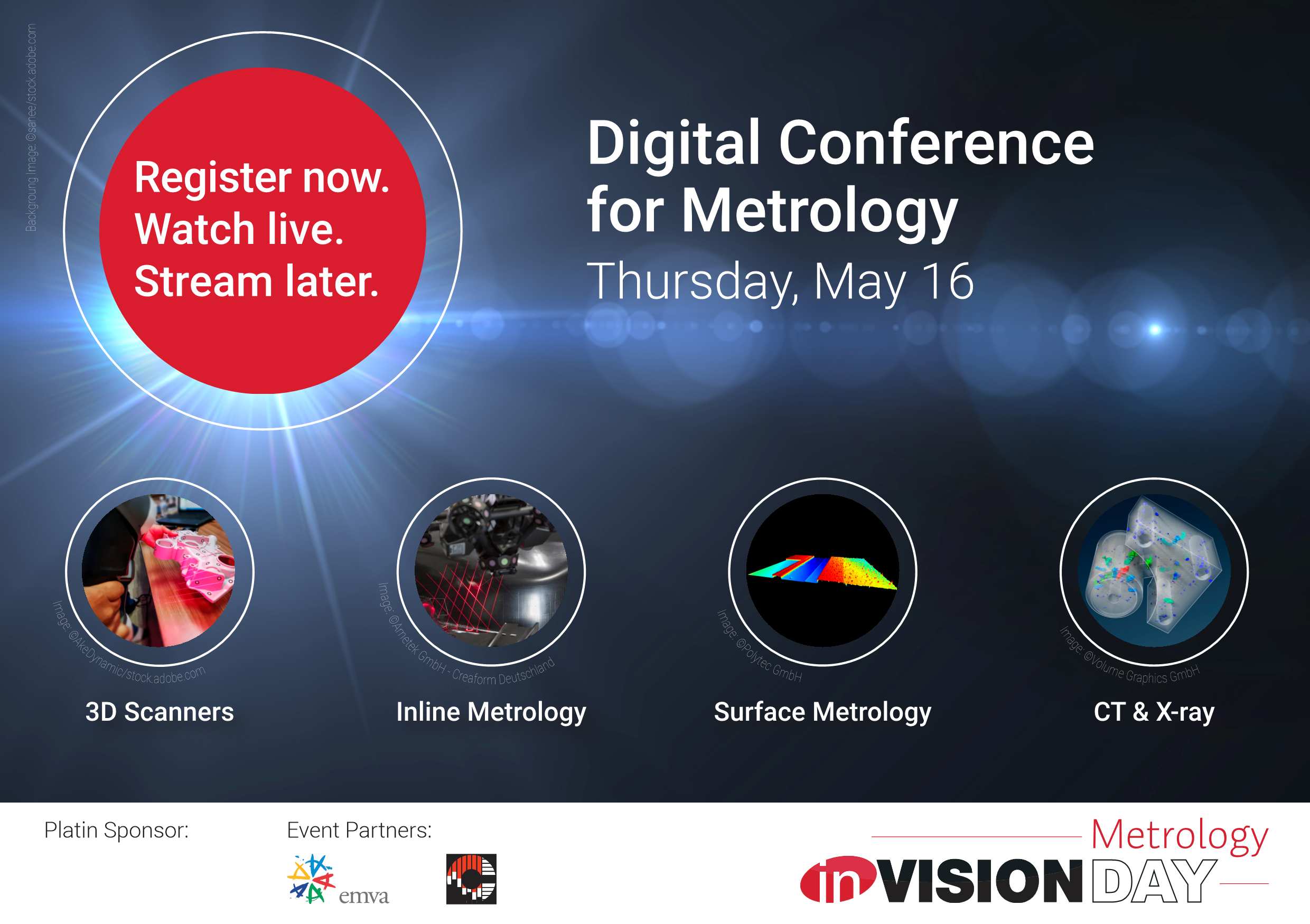
Lighting products and techniques are available for many different imaging modalities, including the monochrome, color, multispectral/hyperspectral, and line scan cameras that have benefited from advances in CMOS technology. Not only can we image in the UV, visible, and NIR spectrums, but more recently we’ve been able to make SWIR LEDs and extend nonvisible imaging aspects into the SWIR and out to about 1,650nm. This is particularly important in multispectral and hyperspectral imaging.

LED Driver Technology
New LED driver technology simplifies and optimizes designs. There are now lights with intelligent, constant-current internal drivers built in; an external driver is no longer required to get features like triggering and OverDrive. With the built-in drivers of Smart Vision Lights, three to ten times more intensity is available than with continuous operation. And while the camera is reading out, the light is cooling off and getting ready for the next bright flash. Another advancement, NanoDrive technology, allows delivery of near-square wave pulses with full power in 500ns or less, with no ramp-up or ramp-down. This is especially important when freezing motion. Image 2 compares three different lighting techniques: an LED light with an integrated driver, an LED light with an external LED driver, and a xenon flash lamp. As can be seen from the data, a xenon lamp is very bright and has a very short peak, but decay persists. If we’re trying to freeze motion, the decay will add to motion blur. LED lighting with an external driver provides good results. But with external drivers, parasitic impedances and other impacts of cable length must be considered. Notice that there’s a slower ramp-up to where the light comes on. It peaks and then there is a slow ramp-down as the cable discharges. Finally, LED lighting with an integrated driver turns on very fast – in hundreds of nanoseconds – and generates a very short pulse. That’s because the internal design allows the driver to be in very close proximity to the LEDs, minimizing unwanted impedance. This is precisely what’s needed in many applications to freeze motion and get an accurate read of a barcode.












